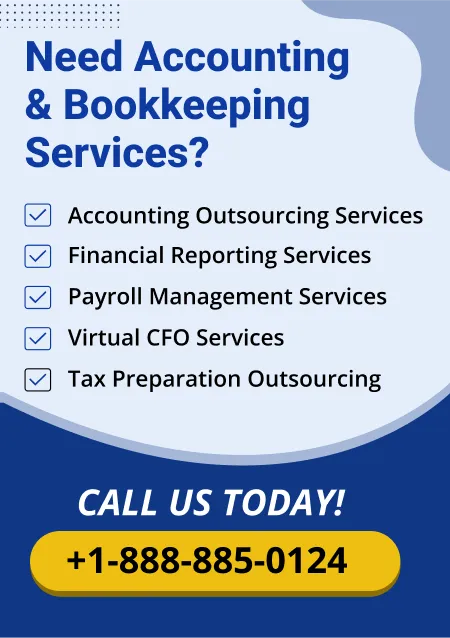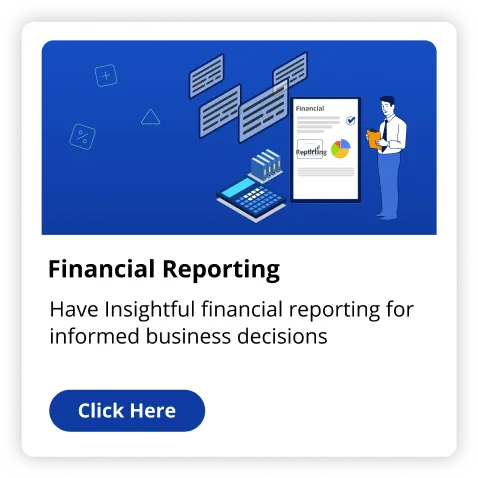Setting up a chart of accounts (COA) is a crucial step for small businesses to maintain their accurate financial records. The financial info in the general ledger is organised in the chart of accounts to make the process of monitoring financial transactions easier. Not only it enhances the knowledge-capacity of your business’s finances but also ensures tax compliance and makes the process of financial reporting a smooth sail. This article will give a hand to assess whether your business has a robust financial management system in play and explain step-by-step of building a COA customised for your business.
Discerning the Chart of Accounts
- A structured compilation of every accounting record a business makes use of for recording its financial transactions is called a chart of accounts (COA).
- A unique code, or recognition, is issued to each account in the COA in order to help in the classification and organization of the financial data.
- Several variables, including assets, liabilities, equity, income, and expenses, typically appear in the COA.
- Establishing a COA that properly depicts the financial activity of your business begins with understanding these areas.
Key Components of a COA:
- Assets: These are assets that are held by the business, like money, stock, and infrastructure.
- Liabilities: These stand in for the vows or debts the company has to external parties, such as mortgages and accounts payable.
- Equity: This covers retained profits as well as the owner's investment in the company.
- Income: income from sales and other business activities, such as service charges.
- Expenses: Expenses associated with managing the business, including payroll, rent, and utilities.
Designing your COA: What small businesses should know
Your company's size and kind will decide the design of your COA. The COA for a small business should be easy to understand and sufficiently detailed to include every relevant financial data. Determine the quantity of account tiers you require; usually small businesses choose a model with two or three tiers..
Example Structure:
- Level 1: Major divisions (e.g., Equity, Liabilities, Expenses, Income)
- Level 2: Subcategories, such as Current Assets and Long-term Liabilities, exist within each primary division.
- Level 3: Specialized accounts (such as Cash, Receivables, and Payables) in each division.
Account Numbers: How to assign them
The next step is to delegate each account in the COA an account number once you settled on the structure. In financial statements, account numbers improve account organization and make it easy to sort and find individual accounts. Account numbers are usually classified as follows:
- Assets: 1000-1999
- Liabilities: 2000-2999
- Equity: 3000-3999
- Income: 4000-4999
- Expenses: 5000-5999
For example, "Cash" might be assigned 1056, while "Accounts Receivable" could be 1057.
Customized COA : Tailoring for your small business
Your COA should be customised for your specific needs, as each business is unique. Think about the size of your business, complexity of operations, and industry you operate in. A service-based business, on the contrary, would be more concerned with accounts relevant to labour costs and service revenue, whereas a retail business might require extensive accounting for stockpiles.
Industry-Specific Considerations:
- Retail: For managing stock levels, sales by class of product, and cost of goods sold (COGS), comprehensive accounting is needed.
- Service: Pay close attention to the accounts for labor expenses, client billing information, and service revenue.
- Manufacturing: Add accounts for overhead, finished products, work-in-pro and inventory..
Review and Refine: Your COA routine check
Your COA must shift as your business develops; it shouldn't be stagnant. You may require to add fresh accounts or reclassify existing ones as the business expands. You can make sure that your COA continues to suit your business goals and offers correct financial information by regularly reviewing it.
Tips for Refining Your COA:
- Simplify: To keep the COA fair, delete any accounts which are no longer in use.
- Expand: As your business practices expand or evolve, add new accounts.
- Reorganise: Reassign account numbers or restructure categories if the existing setup no longer serves your needs.
Compliance and Consistency for your small business
Strict adherence to financial reporting requirements and tax laws is made easier by a well-structured COA. It additionally promotes uniformity in the reporting and tracking of financial transactions. This is particularly relevant if several people work on your accounting procedures.
Best Practices:
- Standardization: For all financial periods, use the same account numbers and naming guidelines.
- Training: Make sure that all staff members involved with accounting have sufficient education on the COA's application.
- Audits: Check that all of of your accounts are being used regularly and accurately by conducting periodic audits of your COA.
Accounting Software for the ease of the process
Setting up and administering your COA can be made easier using accounting software. The COA that is assigned to in most accounting software can be changed to suit the needs of your business. Moreover, software simplifies the creation of financial reports, transaction tracking, and accuracy certification.
Popular Accounting Software Options:
- QuickBooks: It is perfect for small businesses and offers COA templates that can be tweaked.
- Xero: Popular for its powerful reporting features and user-friendly UI.
- FreshBooks: Ideal for businesses offering services that satisfy basic COA requirements.
The role of Professionals
It might be difficult to set up a COA, especially if you lack knowledge of the basics of accounting. Look into an experienced accountant or bookkeeper for guidance if you're unclear how to put together your COA or issue account numbers. They may assist you in developing a COA that guarantees accurate financial disclosure and satisfies the distinctive demands of your business.
Conclusion
A crucial initial phase in handling the financial aspects of a small business involves developing a chart of accounts. In addition to offering lucidity and insight into the financial health of your business, a well-organized COA guarantees compliance with tax laws and financial disclosure standards. You can position your business for a prosperous future by taking the time to thoughtfully draft your COA, going over and improving it on a regular basis, and utilizing accounting software. When negotiating the intricacies of small business accounting, a well-crafted COA is a priceless instrument. Don't be reluctant to seek assistance from experts if required.
Read Also Solving Common Small Business Accounting Problems in the U.S.


























